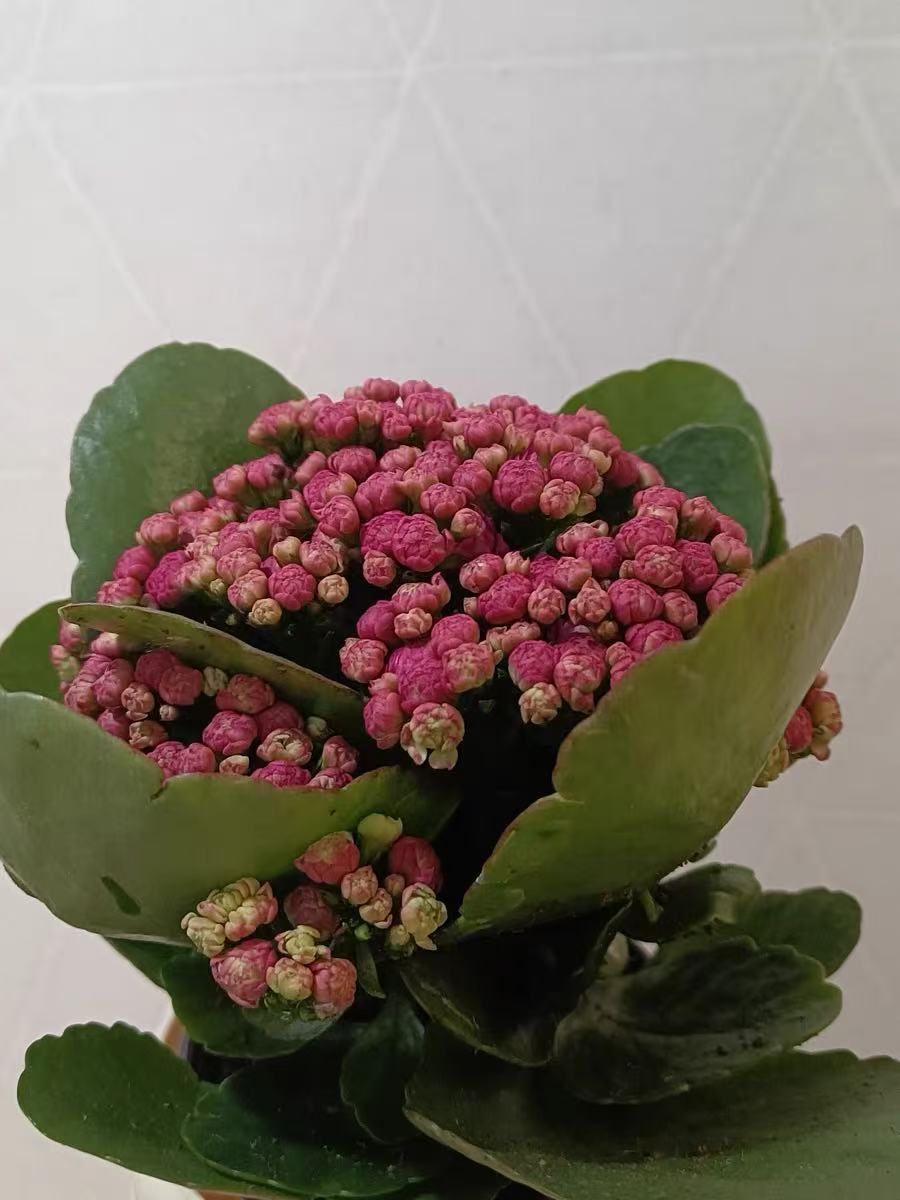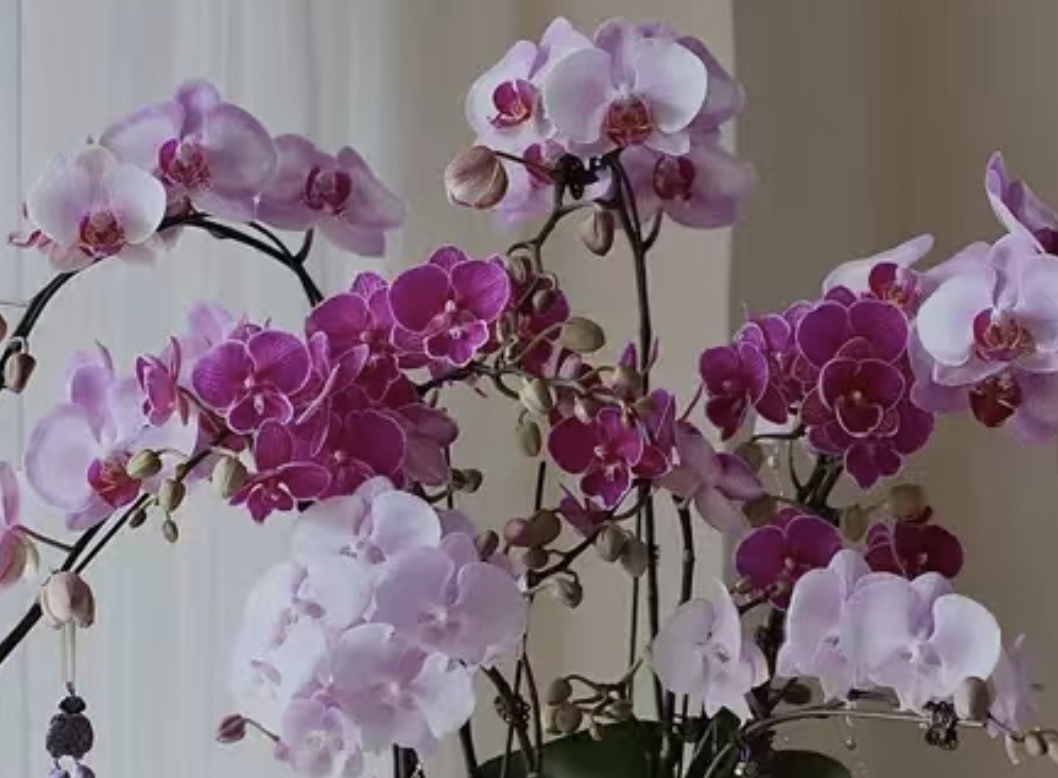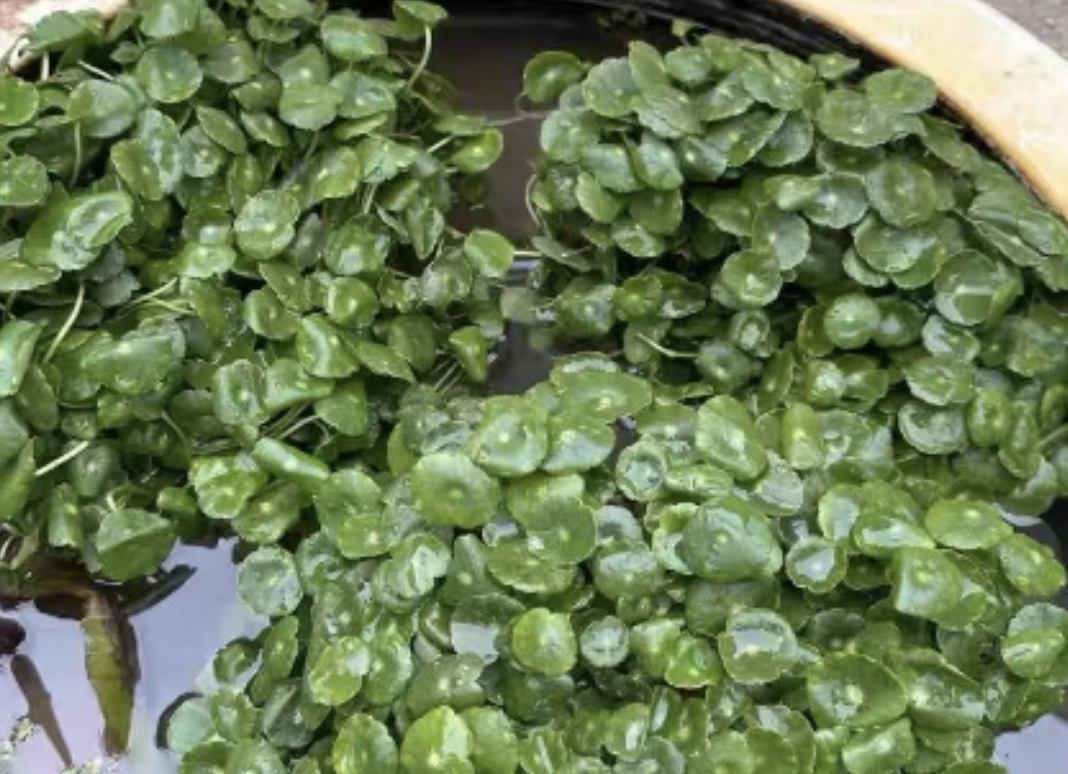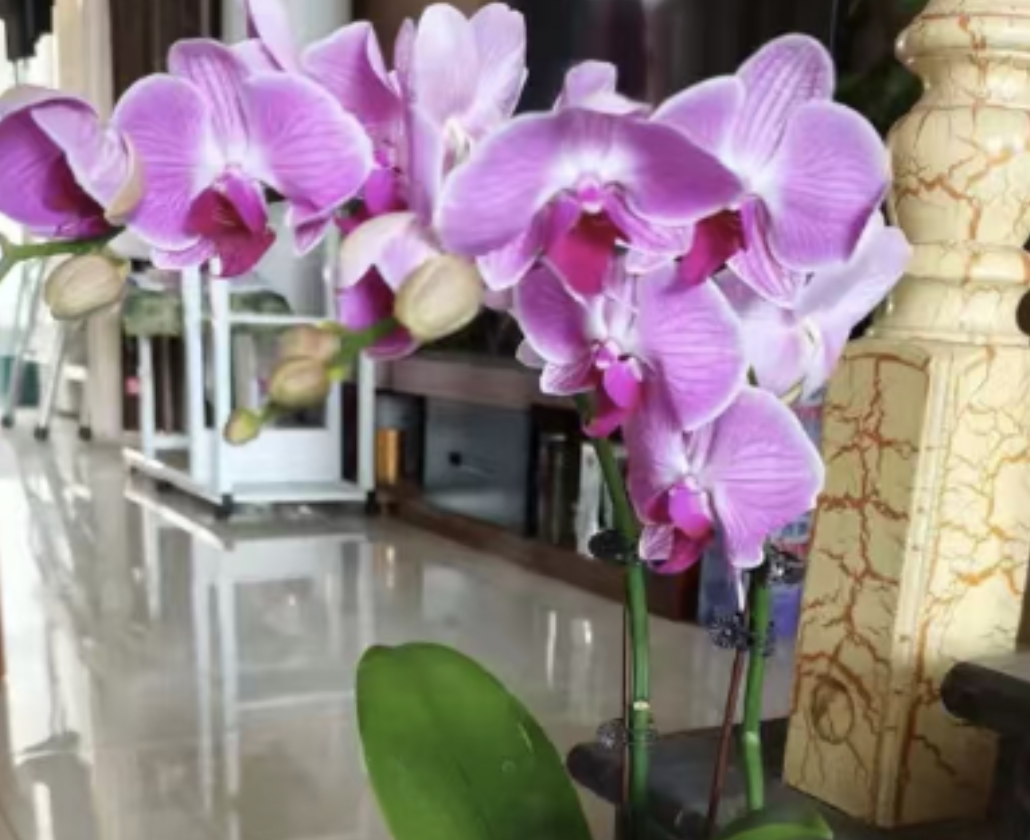For many flower lovers, Phalaenopsis is undoubtedly a remarkable choice. Its elegant flowers, unique shapes and rich colors make it the top choice for home decoration. However, in the process of caring for Phalaenopsis, many flower growers may encounter a confusing problem: Why do the flower stalks of Phalaenopsis secrete an oily substance? Is this phenomenon normal?
The flower stalks of Phalaenopsis, as an important part for flower development, their health is directly related to the quality and quantity of the flowers. However, sometimes we may find that there is an oily substance on the surface of the flower stalks, which worries many flower growers. In fact, this oil-secreting phenomenon is not uncommon in the growth process of Phalaenopsis, and in most cases, it is a normal physiological phenomenon.
Reasons for the Oil Secretion on the Flower Stalks of Phalaenopsis
Natural Secretions: During the growth process, Phalaenopsis secretes some substances to maintain its normal physiological functions. These secretions may include floral nectar, mucus, etc., which to some extent attract bees and butterflies and contribute to the pollination and spread of Phalaenopsis. Therefore, the oily substance on the surface of the flower stalks is likely to be the accumulation of these natural secretions.
Environmental Influences: The growth environment of Phalaenopsis has a significant impact on its physiological state. For example, environmental factors such as high humidity and poor ventilation may cause oily substances to appear on the surface of the flower stalks. In addition, fluctuations in temperature, light and other conditions may also affect the physiological metabolism of Phalaenopsis, resulting in more secretions.
Improper Maintenance: In the process of caring for Phalaenopsis, excessive watering, improper fertilization or insufficient light may affect the normal growth and metabolism of Phalaenopsis. These factors may lead to abnormal oily substances on the surface of the flower stalks, and flower growers need to adjust their maintenance strategies in a timely manner.
How to Deal with the Oil Secretion on the Flower Stalks of Phalaenopsis
Maintain a Suitable Growth Environment: To ensure the normal growth of Phalaenopsis, we need to provide it with a suitable growth environment, including maintaining appropriate temperature, humidity and light conditions, as well as ensuring good ventilation.
Water and Fertilize Rationally: When caring for Phalaenopsis, we need to water and fertilize it rationally according to its growth needs and seasonal changes, avoiding physiological abnormalities caused by overwatering or insufficient fertilization.
Regular Observation and Adjustment: During the maintenance process, we need to regularly observe the growth status of Phalaenopsis and promptly identify and address abnormal phenomena. For example, when oily substances are found on the surface of the flower stalks, we can appropriately reduce watering, adjust the fertilization strategy or improve the growth environment to alleviate the symptoms.
Avoid Touching and Damaging: To avoid causing unnecessary damage to Phalaenopsis, we should try to avoid touching sensitive parts such as the flower stalks in the daily maintenance process. At the same time, we should also pay attention to preventing pests and diseases from attacking and maintain the healthy state of the plant.
In most cases, the oil secretion on the flower stalks of Phalaenopsis is a normal physiological phenomenon, which reflects some natural changes in the growth process of Phalaenopsis. However, this does not mean that we can ignore this phenomenon. On the contrary, we should take measures such as maintaining a suitable growth environment, watering and fertilizing rationally, and regular observation and adjustment to ensure the healthy growth of Phalaenopsis.
Is it normal for the flower stalks of Phalaenopsis to secrete an oily substance?

Share with
Tagged in :




Leave a Reply